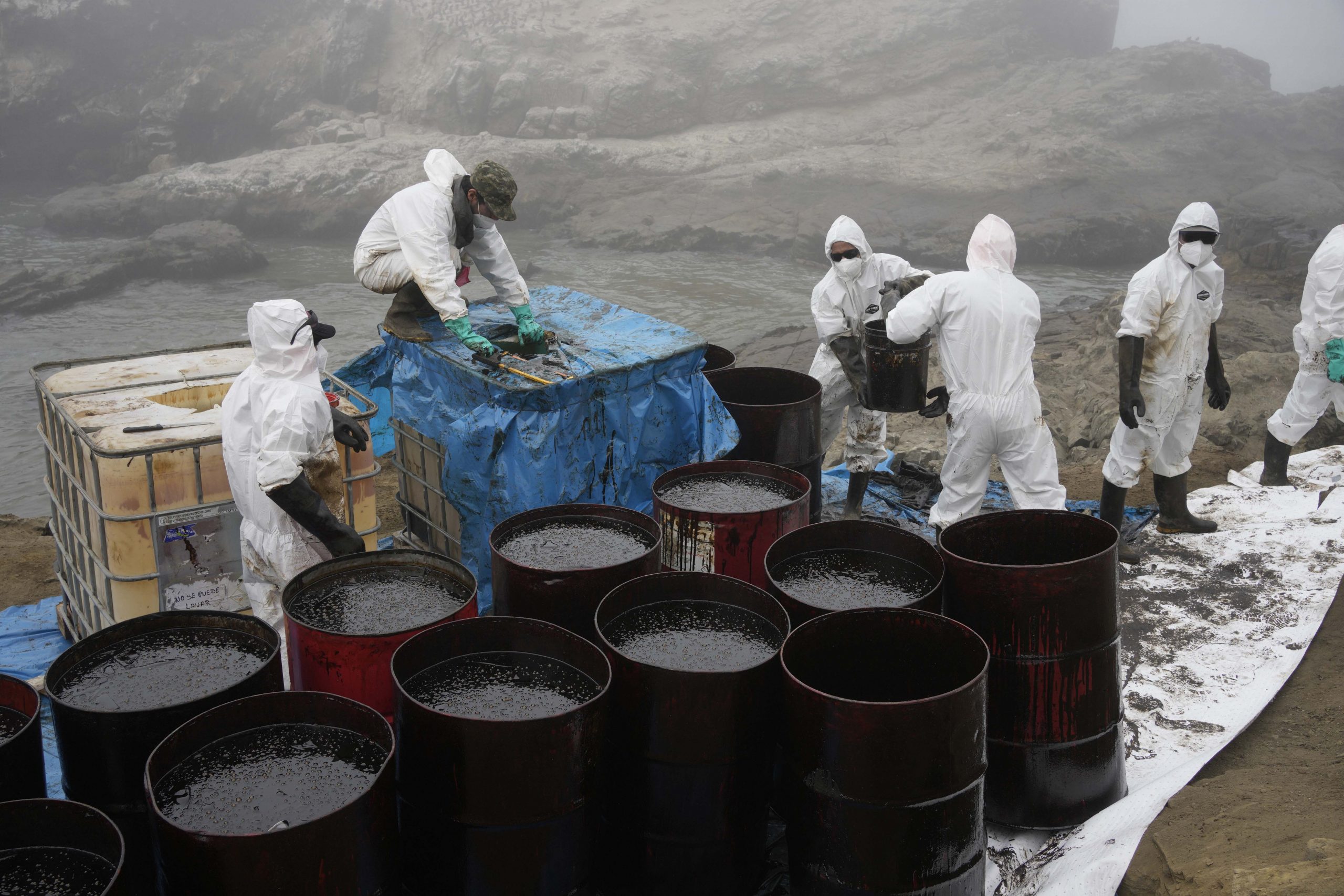An unfortunate but unavoidable reality has rung true ever since the beginning of modern oil production in the 19th century: accidents occur, and so do oil spills. The following are the world’s worst oil spills to ever take place in history.
1. Ixtoc 1 Oil Spill
When: June 3rd, 1979
Where: Bay of Campeche off Ciudad del Carmen, Mexico
Casualties: None
Amount spilled: 3.33 million barrels (140 million gallons)
On June 3, 1979, the Ixtoc I exploratory well in the Bay of
Campeche blew up, releasing over 475,000 metric tonnes of oil into the Gulf of
Mexico. About 24,000 metric tonnes of oil reached the shores of Mexico, 4,000
metric tonnes reached the shores of Texas, and 120,000 metric tons—or 25% of
the total—sank to the bottom of the Gulf. Although damage to lagoons was less
than anticipated, it has been estimated that around 15,000 km2 of the Gulf of
Mexico can be considered to have been poisoned by the Ixtoc I oil. The degree
of the harm is still not fully established.
Also Read | 50 years of UN environmental diplomacy: What’s worked and the trends ahead
2. Atlantic
Empress oil spill
When: July 19th, 1979
Where: Off the coast of Trinidad and Tobago
Casualties: 26 dead
Amount spilled: 2.14 million barrels (90 million gallons)
A Greek-flagged oil tanker collided with the Aegean Captain,
causing millions of gallons of crude oil to flow into the Caribbean Sea. The
Aegean Captain made it back to land with a limp, dropping some oil along the
way. The Atlantic Empress, which was on fire, was being hauled out to sea when
it exploded, releasing the greatest ever at-sea oil leak of almost 280,000
tonnes. In the catastrophe, 26 crew members perished.
Also Read | Oil begins to disperse off California’s coast days after spill
3. Deepwater Horizon Spill
When: April 22, 2010
Where: Gulf of Mexico
Casualties: 11 dead
Amount spilled: An estimated 4.9 million barrels (140 million gallons)
On April 20, 2010, the Deepwater Horizon oil drilling rig, which was working on the Macondo Prospect in the Gulf of Mexico, exploded and sank, causing the greatest oil leak in the history of marine oil drilling operations and the deaths of 11 crew members. Before the damaged Macondo well was ultimately sealed on July 15, 2010, 4 million barrels of oil leaked from it during an 87-day period. The United States filed a case in District Court on December 15, 2010, alleging that BP Exploration & Production and a number of other defendants were to blame for the leak.
4. Arabian Gulf/ Kuwait spill
When: January 19, 1991
Where: Persian Gulf, Kuwait
Casualties: none
Amount spilled: 380-520 million gallons
Large amounts of oil started to seep into the Persian Gulf in
January 1991. Early reports from Iraqi forces stated that the sinking of two
oil tankers by the United States was to blame for the spill. The Sea Island
pipeline’s oil valves were unlocked by Iraqi forces in a last-ditch military
effort, it was subsequently discovered, discharging oil from multiple ships.
Although the intention of the leak was to prevent US forces from making beach
landings, about 240 million gallons of crude oil were instead thrown into the
Persian Gulf as a result of the accident. This spill is one of the earliest
instances in military history when the exploitation of a natural resource—more
particularly, pollution—was a weapon of war.
Also Read | California oil spill: Pipeline found split open by divers, authorities say
5. Kolva
River Oil Spill
When: September 8th, 1994
Where: Usinsk, Komi Republic, Russian Federation
Casualties: n/a
Amount spilled: 2 million barrels (84 million gallons)
For eight months, Usinsk, a town in northern Russia, experienced a pipeline leak, which was controlled by a dike built around the leak location. Millions of gallons of stored oil spilled over the perilous Siberian tundra and into the Kolva River, a branch of the Pechora River that empties into the Barents Sea as a result of this dam’s collapsing due to severe weather conditions. The accident, which contaminated 186 km2 of grasslands and marshlands, had an impact on 23 species of plants and animals.







